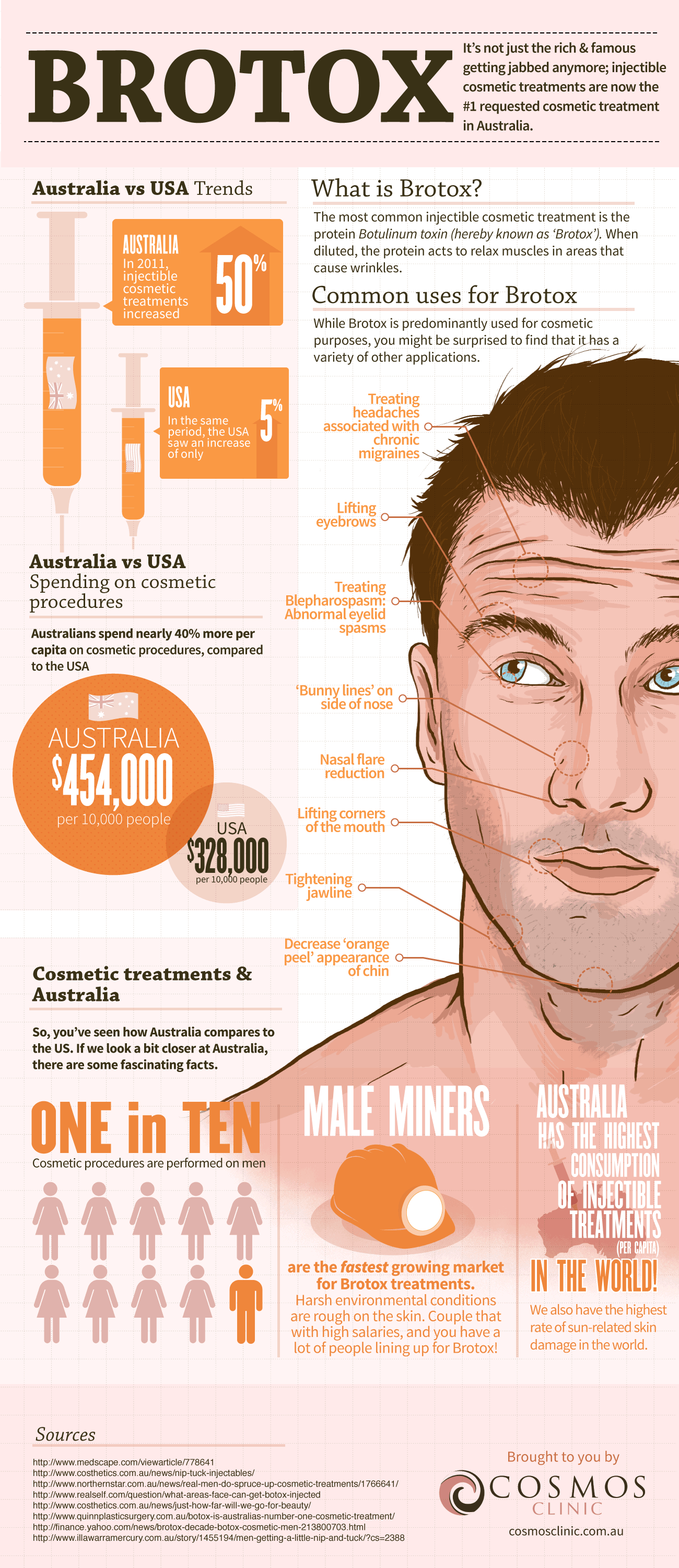Hormonal acne is defined by blocked pores and oily skin that generally appears on the chin and jawline. It takes place when hormonal changes activate inflammation and microbial overgrowth within hair follicles.
Outbreaks might look like whiteheads, blackheads, papules or pustules and cysts or blemishes in extra extreme instances. It is extra usual in teens going through puberty however can impact adults of any type of age.
What Triggers Hormonal Acne?
While acne can be triggered by a range of elements, including utilizing hair and skin care products that aren't oil-free or made with components that could clog pores, genetic predisposition, diet,2 and stress, the root cause is fluctuating hormones. Hormone acne takes place when the body experiences hormonal changes and fluctuations that bring about an overflow of sebum, which creates swelling, raised development of germs and modifications in skin cell activity.
Hormonal acne is frequently found on the lower jawline, cheeks and neck but can show up anywhere on the body. It is identified by acnes that are cystic, unpleasant and filled with pus or other material. It is additionally more probable to happen in ladies than guys, especially during the age of puberty, the menstruation, maternity or menopause.
Age
While several youngsters experience acne eventually during puberty, it can remain to pester grownups well into adulthood. Called hormone acne, this type of breakout is connected to changes in hormones and is typically most common in ladies.
Hormonal acne takes place when oil glands generate excessive sebum, which clogs pores and traps dead skin cells. This brings about the development of blemishes, such as whiteheads, blackheads and papules, pustules, cysts or nodules, deep under the surface area.
This kind of blemish often creates discomfort, inflammation and inflammation. It might likewise be cyclical and show up around the exact same time each month, such as right prior to your duration starts. This is due to the fact that degrees of female hormonal agents like progesterone and oestrogen change with each menstrual cycle.
Menstrual Cycle
Hormone acne normally appears in the lower part of your face, along the jawline and cheeks, as whiteheads, blackheads or inflammatory acnes (pimples and cysts). It's most likely to show up around the time when your menstruation adjustments.
Especially around ovulation, california when estrogen and progesterone levels are on the surge, hormone fluctuations can create breakouts. But it's additionally feasible to get acne at any factor during your 28-day menstruation.
If you see that your hormonal acne flares up right prior to your period, attempt discovering when specifically this occurs and see if it relates to the stages of your 28-day menstruation. This will aid you identify the root causes of your skin difficulties. For example, you might wish to deal with stabilizing your blood glucose and cutting out high-sugar foods, or take into consideration a prescription medication like spironolactone that can manage your hormones.
Pregnancy
Expanding an infant is a time of significant hormonal changes. For lots of women, this consists of a flare-up of hormonal acne. This sort of breakout normally begins in the initial trimester, around week 6. It's caused by hormonal agent surges that promote sebaceous glands to make even more oil, which can clog pores and create more germs to build up.
Outbreaks might likewise take place as a result of pre-existing conditions like polycystic ovary disorder, which can also be a concern during pregnancy and menopause. Additionally, some types of contraceptive pill (such as Ortho Tri-Cyclen and YAZ) can trigger hormone acne in some women.
Luckily, most acne treatments are "no-go" for expecting females (including prominent acne-fighting components such as isotretinoin and spironolactone). Yet if you can't stay clear of those irritating bumps, your medical professional might prescribe oral erythromycin or cephalexin, which are safe during pregnancy.
Menopause
As females approach menopause, the estrogen degrees that caused their hormonal agent acne to flare during the age of puberty begin to support and decrease. At the same time, nevertheless, a spike in androgens (additionally known as male hormonal agents) occurs since these hormonal agents can't be exchanged estrogen as effectively as previously.
The unwanted of androgens can trigger oil production by the sweat glands, which clogs pores. When the stopped up pores come to be inflamed and inflamed, an acne forms.
Hormone acne is commonly seen on the face, particularly around the chin and jawline, yet it can occur on the neck, back, shoulders, or breast. This sort of acne tends to flare in an intermittent pattern, similar to the menstrual cycle. Anxiety, which increases cortisol and throws hormonal agents out of equilibrium, also contributes to the outbreaks.
